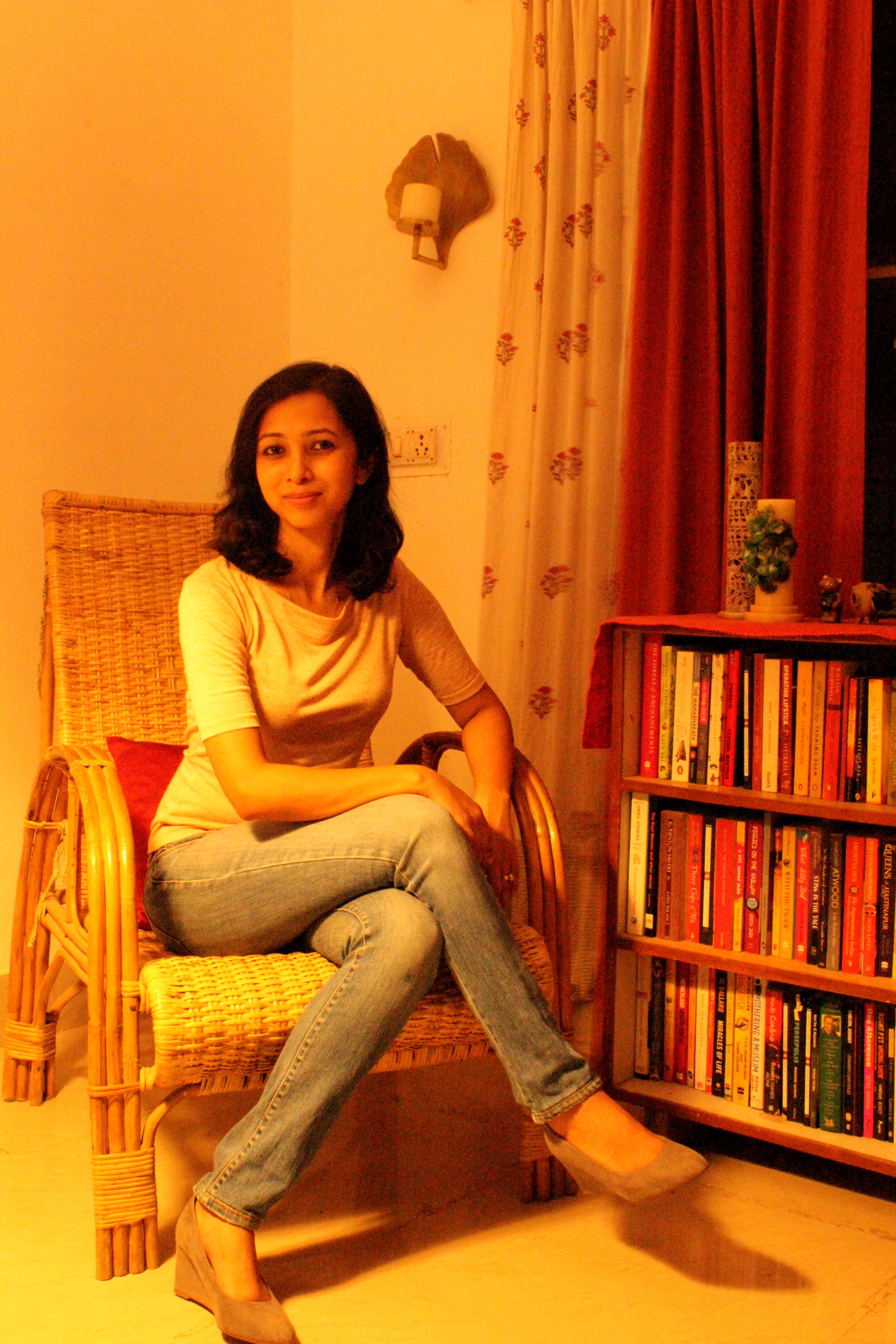Manjuben Mansukhbhai Mori, an expert in all things grass, creeper and cactus
- Azera Rahman

- Jan 23, 2024
- 2 min read
For The Hindu (Sunday Magazine)
Published on 22 December 2023
The 65-year-old is dedicated to passing on her knowledge of traditional preparations to the younger generation.

Manjuben at her home, grinding masala in a mortar
Image: Sahjeevan
It’s the fruiting season of the prickly pear — a type of cactus that grows mostly in Gujarat and Rajasthan. Manjuben Mansukhbhai Mori, 65, of Reshamiya village in Gujarat, eagerly awaits this time of the year. “I make a juice from the prickly pear fruit,” she says. “I have cooked these plants and grasses just as my father taught me 50 years ago.”
Kaleem ali, or Drimia indica, for instance, is a type of plant that grows during the monsoon in the grasslands of Reshamiya. The leaves of this plant are cooked to make a bhaaji or subji. “The leaves are chopped and then blanched in water. They are then cooked in oil with onions and masala,” says Mori.
“Cook food — grasses, creepers, fruits — that is seasonal. Monsoon is the best time to harvest and cook dishes made from grassland produce” Manjuben Mansukhbhai Mori
Food and fodder
Another traditional preparation is the kankoda nu shak. Momordica dioica, or the spiny gourd, is also a monsoon creeper. “I boil the vegetable and then remove the seeds. Then I heat oil in a pan and add onions, tomatoes and masala. Finally, I add the vegetable,” she explains.
The Rawal community to which Mori belongs, were traditionally drummers who performed during festivals at temples. Now most of them work as daily wage earners. The grassland they live close to, however, continues to be their source of food and fodder for their livestock. “Most of our food — the grasses, creepers and fruits — is seasonal. Monsoon is the best time to harvest and cook most of these dishes,” says Mori.

Manjuben makes a special juice from the prickly pear fruit.
One of them is gorad, an acacia tree, whose sap, called gunder, is used to make sweet dishes. “My grandchildren love the laddoos made with gunder,” she says.
Something sweet
The laddoos, Mori explains, are made with wheat flour. The flour is first roasted and gunder is heated separately with ghee. “The gunder crystals grow in size when heated.” This mixture is added to the flour and mixed to make laddoos.
Mori is one of the few in the Rawal community who continues to prepare food the traditional way. “When I go to collect firewood with other women, I often show them the edible grasses and plants that are a part of our diet,” she says. “I am always happy to share recipes... it is my way of keeping our tradition alive.”


![Radheshyam Bishnoi, defender of wildlife in Thar, ‘gone too soon’ [Obituary]](https://static.wixstatic.com/media/94c402_3ed089bd5dd743a08df1e882085c85fe~mv2.jpg/v1/fill/w_980,h_735,al_c,q_85,usm_0.66_1.00_0.01,enc_avif,quality_auto/94c402_3ed089bd5dd743a08df1e882085c85fe~mv2.jpg)

Comments